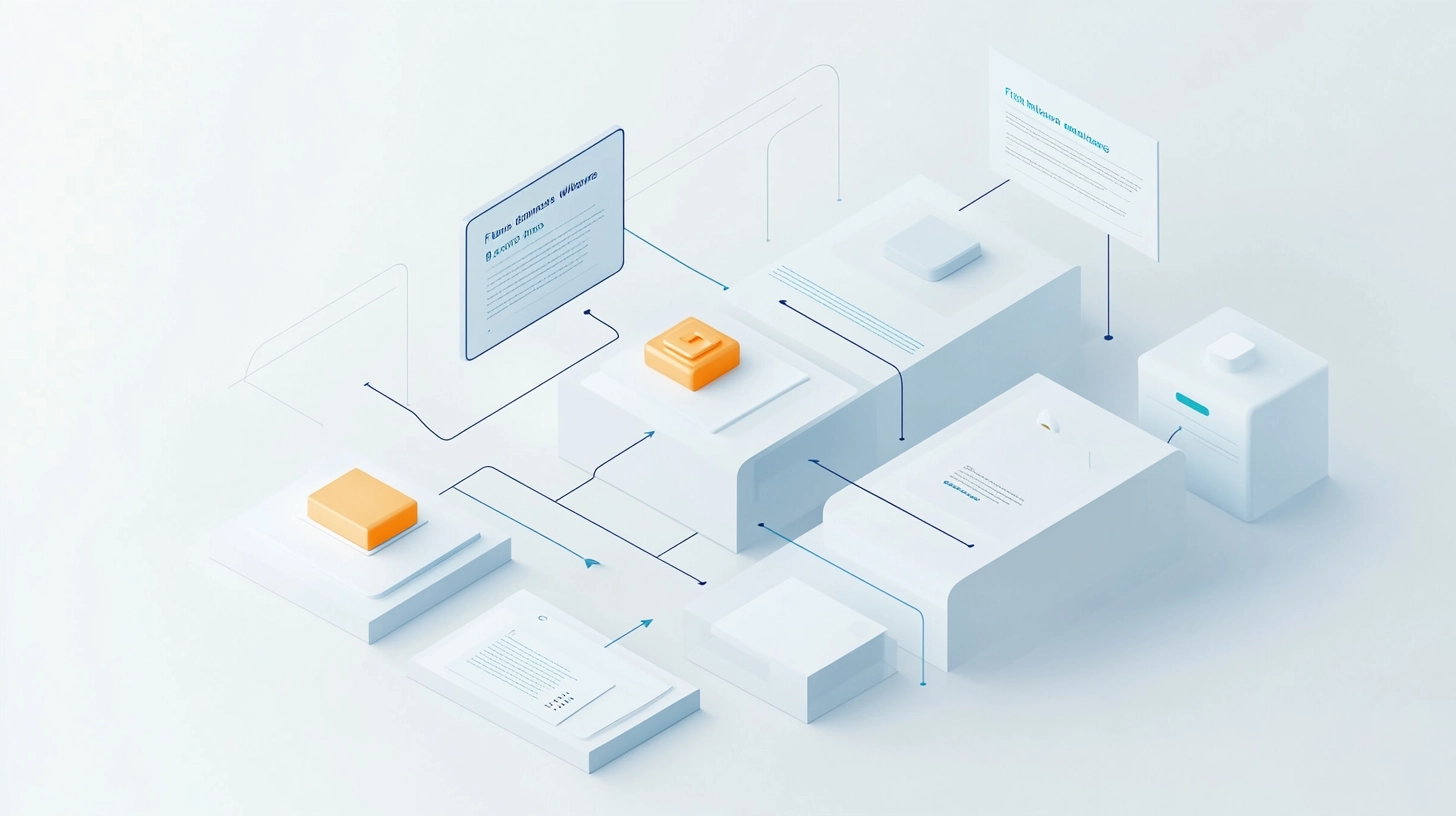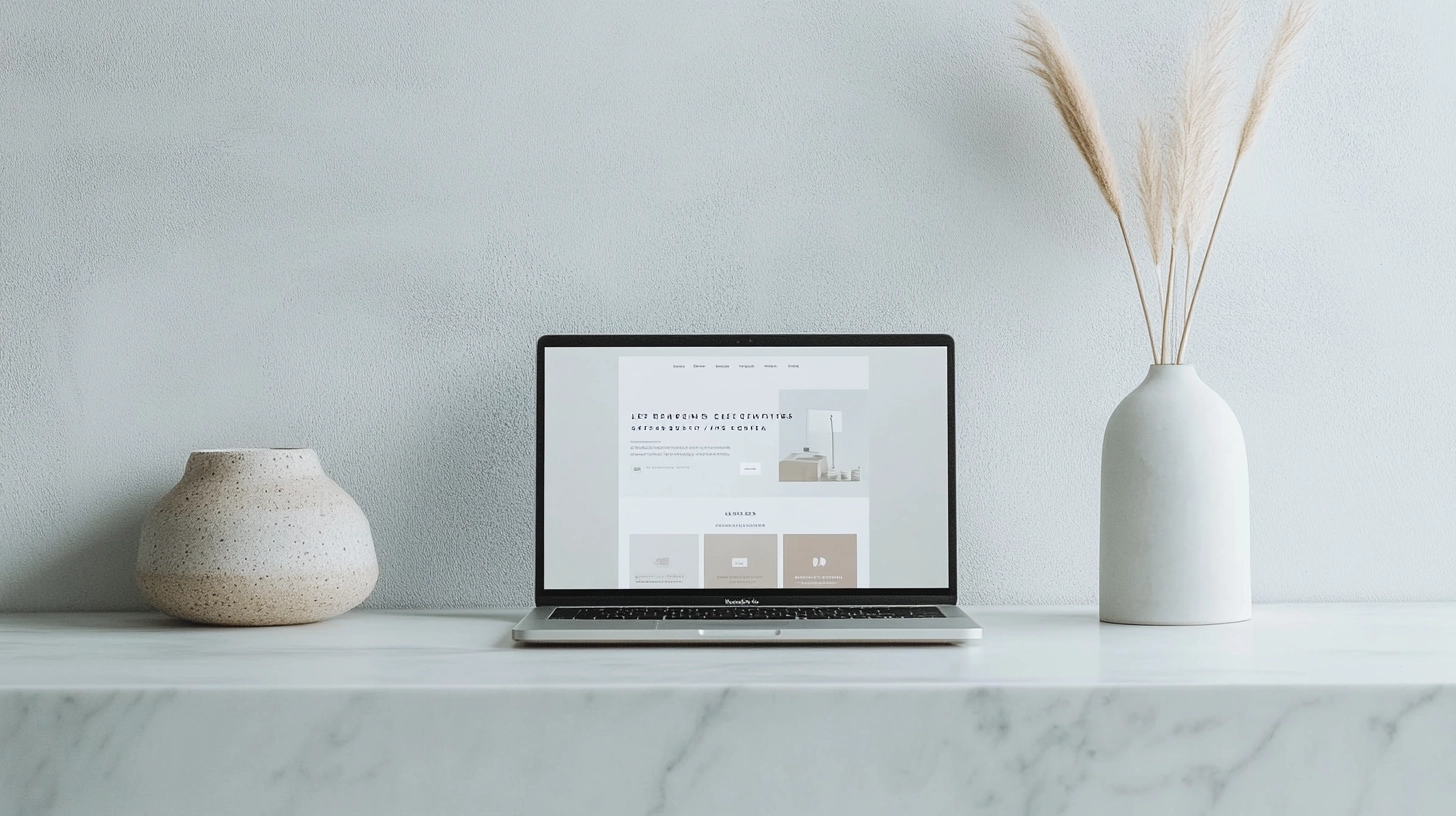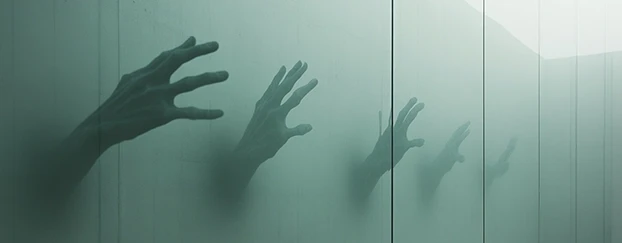
You’ve sent the mockups. The client beamed at your creativity. And then… nothing. No replies. No “looks good.” Just echoing silence. Ghosting isn’t just a dating problem—it’s a design epidemic. Let’s unpack why clients vanish, how to make your process ghost-proof, and—when they do go radio-silent—how to reel them back with a real-world tactic that stays true to your style. Welcome to the realities of AI graphic design.
Why Clients Ghost (Hint: It’s Not Personal)
Most disappearances boil down to client anxiety, not designer failure:
- Overwhelm: A hundred tiny decisions suddenly pile up.
- Scope-Creep Paralysis: The project grew—and now they don’t know how to adjust timelines or budget.
- Money Jitters: Was that line item too steep? They hesitate to hit “approve.”
- Shiny-Object Syndrome: A new trend or competitor’s offer distracts them.
Bottom line: Confused clients freeze. And frozen clients disappear.
Ghostproof Your Workflow
You can’t control client emotions, but you can control your process. Layer in these anti-ghosting tactics:
Kickoff with Crystal Clarity
Record a Loom walkthrough after your initial call—outline key milestones, approval steps, and deliverables. Link it in your shared client dashboard so they can revisit without hunting through emails.
Bulletproof Proposals
Use a proposal template that defines scope, timelines, and fees in black-and-white. Include a “What Happens Next” timeline with visual milestones and reference your headers and banners to show exactly what assets they’ll receive.
Centralized Project Hub
Host timelines, moodboards, and feedback threads in one shared space (Notion, Trello, or Google Drive). Embed drag-and-drop mockup previews so non-designers see real progress and feel ownership, not confusion.
Set Weekly Mini-Milestones
Instead of waiting for “final mockups,” agree on small, bite-sized checkpoints—a rough sketch by Wednesday, colour palette by Friday. Regular wins keep momentum—and inbox anxiety—at bay.
Pro Tip: Automate a Friday “Here’s What’s Next” summary using a seasonal and holiday template. Clients appreciate the predictability.

Real-World Re-Engagement Scenario: The “Design Walk-Through” Invite
When clients go dark despite your systems, skip the generic follow-up. Instead, offer a real-time, no-pressure design walk-through:
Message Prompt: “Hey [Name], I’ve refined the homepage concept and spotted two ways we could simplify navigation. Fancy a 10-minute Zoom ‘coffee chat’ this week? I’ll share my screen and we’ll tweak together live—no prep needed on your end.”
Why It Works:
- Low Barrier: They don’t have to draft an email or schedule a long meeting—just hop on for ten minutes.
- Shared Ownership: Real-time collaboration reduces decision paralysis.
- Builds Rapport: Collaborative sprints remind them you’re a partner, not a vendor.
Execute: Schedule via Calendly, confirm 24 hours in advance, then deliver a concise, energetic session. End with “Any tweaks you’d like me to queue up? I’ll send updated files by tomorrow.”
This tactic re-engages clients through action, not agendas—bringing them back into the creative loop without sounding needy. Ideal for devices and tech mockups where interface clarity matters.
Knowing When to Let Go
Sometimes a ghost is permanent. After three unanswered nudges and missed mini-milestones, it’s time to formally pause:
- Archive the Project: Move files and Loom links into a “Ghost Folder.”
- Send a Goodbye Note: “I’m pausing our work here, but I’m ready to restart whenever you are.”
- Recycle Your Effort: Repurpose mockups and templates internally—no work truly goes to waste.
Turning Ghosting into Growth
Every disappearance teaches you something:
- Onboarding Gaps: Maybe your kickoff lacked specifics.
- Communication Cadence: Were your check-ins too sparse?
- Scope Clarity: Did they misunderstand deliverables or pricing?
Next Steps:
- Revise Onboarding Kits: Embed a quick-start mockup using our mockups so clients see immediate value.
- Strengthen Proposals: Add a “Next Steps” slide with clickable milestones.
- Tiered Pricing: Offer clear pricing plans so clients self-select what they can afford.
Bonus Tip: The “Ghost Feedback” Survey
After a project pauses, send a short form via Google Forms asking: “What could have made this smoother?” Include checkboxes for timing, clarity, budget, and feedback tools. Incentivize completion with a small discount on future work. This turns silence into actionable insights—and maybe even brings the client back.

Conclusion: Stay Calm, Design On
Client ghosting stings, but it doesn’t have to derail your business. Build clear processes, set collaborative touch-points like the “design walk-through,” and know when to pause gracefully. The clients worth keeping don’t vanish—they collaborate. And every ghost gives you a chance to refine your empire-building system.
Ready to ghostproof your creative process? Explore client-friendly dashboards, proposal templates, and mockups at CreativeStock—and keep your projects alive from mockup to milestone.



